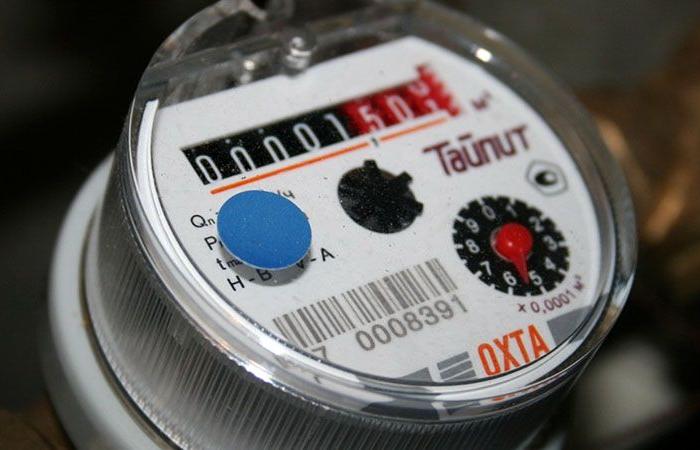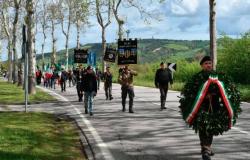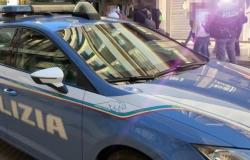The water crisis situation that has been affecting Irpinia and a vast area of Sannio for over two weeks is rapidly evolving, with worrying prospects for the summer months. The data processed by the High Heat offices highlights a series of critical issues linked to the decreased water supply from the main sources, aggravated by a significant rainfall deficit compared to the average of previous years.
Current state of supply sources
The analyses conducted highlight a drastic reduction in water flow, particularly evident in the upper sources of the Calore river, in the Montella area. For example, the deficit recorded compared to the average of the last 12 years is -42.6% in April and -44.6% in May of this year. These data indicate a progressive decline in available resources, putting the water supply for local communities at risk.
Reduction in precipitation
Rainfall shortages are another critical element in managing the current water crisis. The rainfall stations managed by the Campania Region have recorded an accumulated deficit of -12% compared to the average of the previous 15 years, mainly due to the scarcity of rain in key months such as January, March, April and May. Although there were surpluses of rain in November and February, they were not enough to compensate for the rest of the year.
Projections for the summer months and beyond
According to the Alto Calore monitoring, the outlook for the coming months is alarming. Estimates indicate that the flow of the springs could drastically reduce from June to October:
Candraloni source in Montella: from 65 liters per second (average May 2024) to forecasts of 39.1 liters per second (average June), 23.2 (July), 13.7 (August), 8.3 (September) and 4.9 (October).
Acellica Group in Montella: from 107 liters per second (average June 2024) to forecasts of 75.5 liters per second (July), 53.2 (August), 38 (September) and 26.8 (October).
Scorzella Group in Montella: from 63 liters per second (average June 2024) to forecasts of 43.7 liters per second (July), 30.2 (August), 21.2 (September) and 14.7 (October).
These data demonstrate a clear worsening of water conditions compared to previous years, making the implementation of urgent and targeted interventions crucial to mitigate the effects of the crisis. Without an effective action plan, local communities risk facing severe disruption and restrictions on water use as early as late July.









